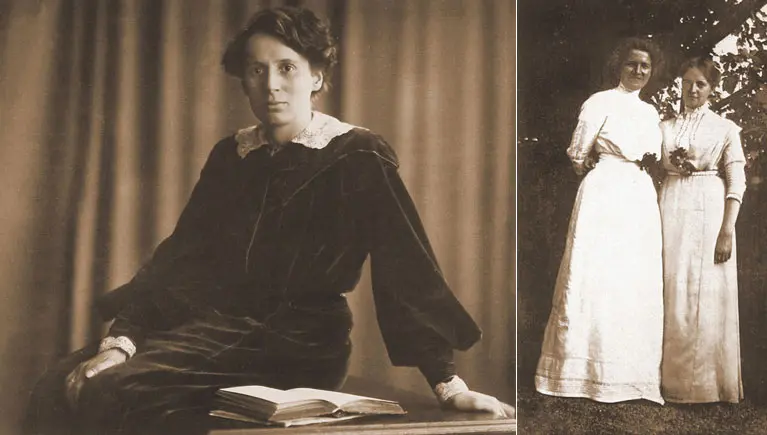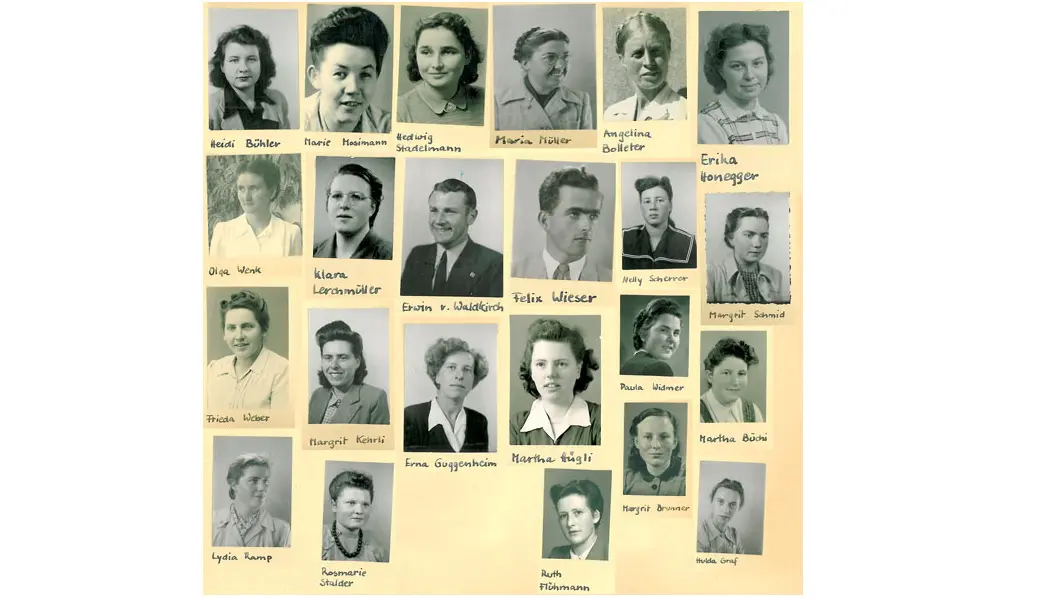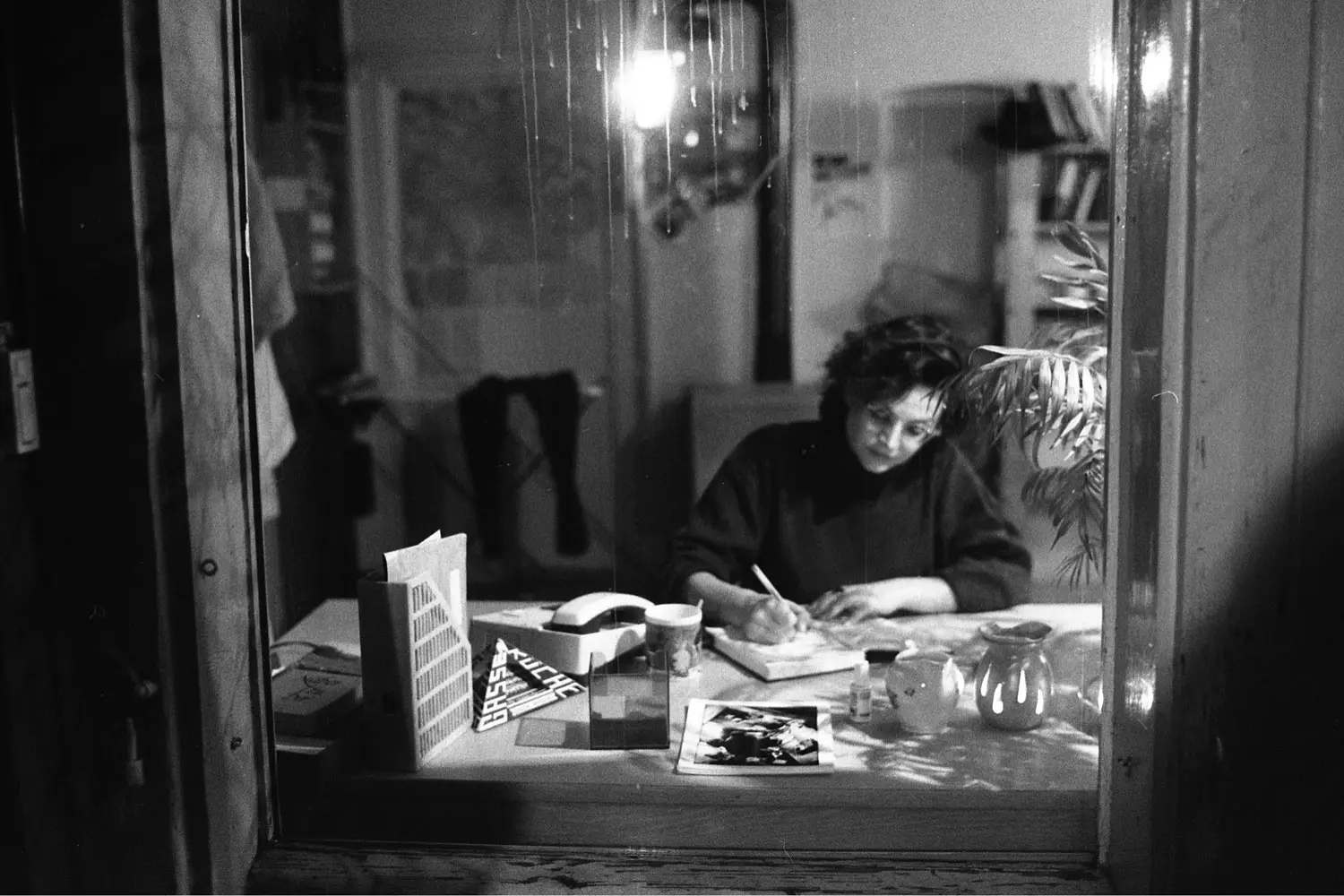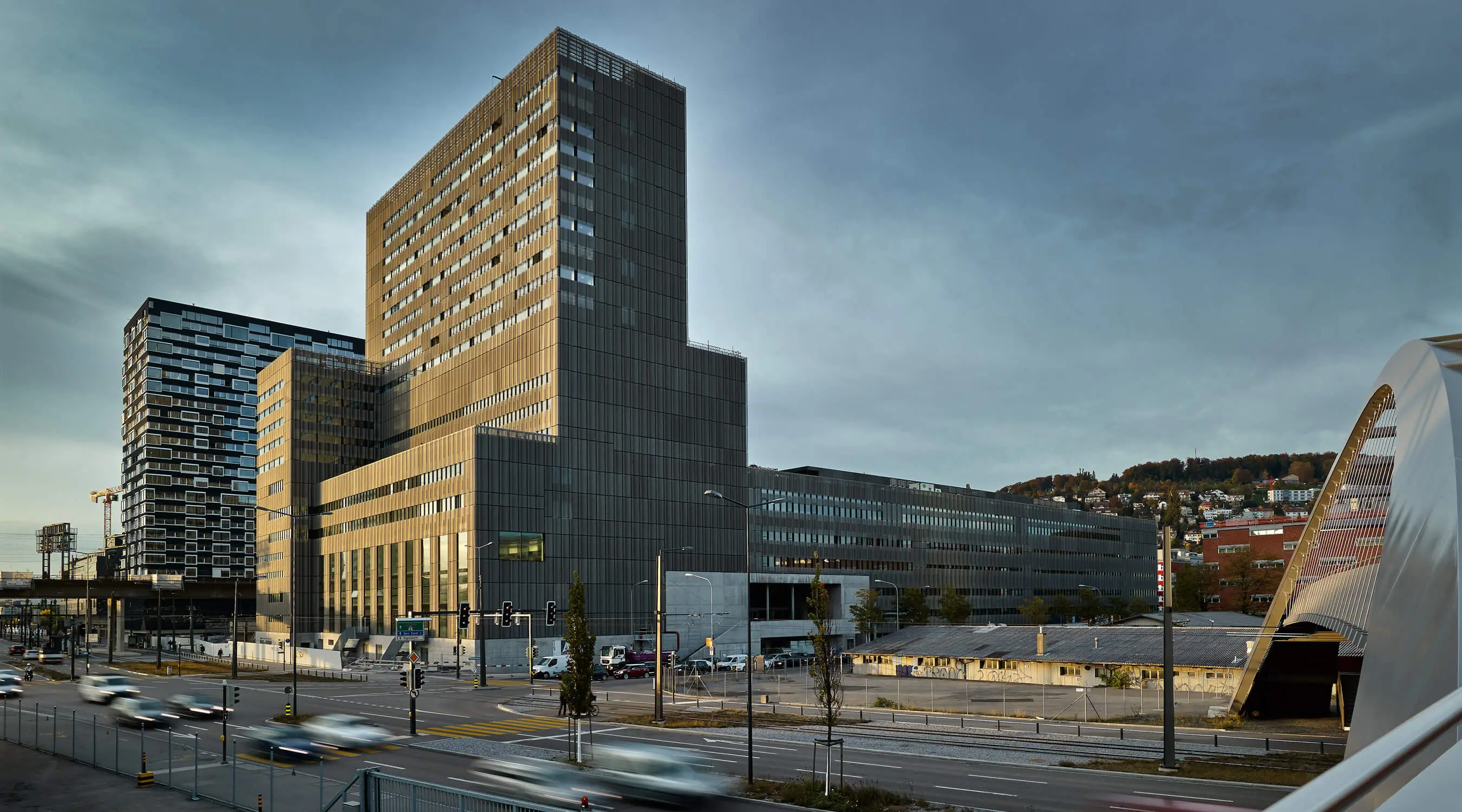History of the Department
From welfare courses for women to a world-class university of applied sciences: the Department of Social Work at the ZHAW has an eventful past
The beginnings
In 1898, Mentona Moser (1874–1971), daughter of the Schaffhausen watchmaker and entrepreneur Heinrich Moser, began her training in social work at the Women’s University Settlement in London. In 1903 she returned to Switzerland. On her advice, Maria Fierz (1878–1956), a childhood acquaintance from an an upper middle-class Zurich family, also attended the Settlement. The two of them subsequently became involved in the Women’s Association in Zurich. In 1908 they organised the first Introduction to Women’s Social Work course, making them among the earliest pioneers of modern social policy in Switzerland.
Fierz and Marta von Meyenburg – Moser’s successor – expanded the range of welfare courses over the following years and founded Zurich Social School for Women in 1920. Von Meyenburg served as headmistress, while Fierz was a board member. They set up a classroom and an office in the building of the Zurich Women’s Centre. An increasing number of students began attending the courses not for their commitment to voluntary care, but with the aim of pursuing a career in social work.
At the same time, training centres for social work were being opened in other Swiss cantons: the Ecole d’études sociales pour femmes in Geneva (1918) and the Sozial-caritative Frauenschule in Lucerne (1918). In Zurich, Emmi Bloch founded a professional association for social workers in 1921, which incorporated and brought together the various welfare agencies.
In the service of their country
In 1930, the Social Women’s School moved to Schanzengraben 29. From 1931 onwards, it also began offering further training courses for women who were already socially active: a course for infant welfare workers, a further training course for church community helpers, and another training course for asylum managers and assistants.
At that time, social work was not yet thought of as an academic discipline. It was assumed that women’s empathy would be sufficient, in the sense of ‘social mothering’. Social workers themselves were barely involved in debates on approaches in congresses and conferences or in welfare policy journals. Instead, lawyers, doctors or therapists/educators – most of them men – were in charge. In 1934, Margrit Schlatter, a youth lawyer, became the first academic with extensive experience in youth welfare to head the school. She ran the school until 1960.
In 1939, the Zurich Social Women’s School participated in Landi, a national exhibition. The school’s management and pupils also worked with the City of Zurich’s military welfare service and on an air-raid course. In 1944, the school participated in the intake of refugee children from France.
From care to counselling
In 1946, the first two men began studying at the Zurich Social Women’s School, which was renamed Schule für Soziale Arbeit Zürich (SSAZ), or the Zurich School of Social Work in 1949. The new name also marked the transition from welfare and care towards counselling (social work) and support (social education).
The professionalisation of social work became the school’s key area of focus during the 1950s and 1960s. Women were mainly trained as welfare workers, nursery assistants and educators at children’s homes, while men were prepared for leading positions in the social sector and as home directors. In 1955, the school moved to the Red Villa in Rieterpark.
Practical and scientifically sound
After a long process starting in the late 1960s, student and staff co-determination became regulated in 1978. Students were to share responsibility and decision-making, reflecting the motto of ‘School: a learning arena for practice’. In addition, the social science slant of the training courses increased after 1968. Community work approaches were increasingly incorporated into training and practice. In 1976, all departments were brought together in an innovative building conversion on the corner of Rieterstrasse and Bederstrasse 115.
The 1980s and 1990s were marked by developments in higher education and efforts to raise the level of social work education and to underpin it with greater scientific rigour. Some of the School’s departments moved to Zurich-Stettbach and Oerlikon respectively. The advent of the four-pillar model of drug control saw the emergence of new fields of activity for social work.
Recognition as a university of applied sciences
In 1999, the school was designated a university of applied sciences and renamed Hochschule für Soziale Arbeit, HSSAZ, or School of Social Work. At the same time, various courses were merged to offer a general education in social work. Following a decision by the Cantonal Council, the Zurich College of Sociocultural Animation was integrated into the HSSAZ in 2000. In 2004, the entire university became established on one site in a temporary complex in Stettbach.
Soon after, the departments of Education and Training were switched over to the Bologna system. In the 2005/2006 winter semester, the first students started their Bachelor’s degree in Social Work according to European standards, including research and theory. The Master of Science course in Social Work followed in autumn 2008. The Department of Social Work also started offering a wide range of further education opportunities.
Social Work at the ZHAW today
The HSSAZ has been part of the Zurich University of Applied Sciences (ZHAW) as the Department of Social Work since September 2007.
In July 2014, the Department of Social Work relocated from Stettbach to the site of the former Toni dairy in Zurich West. The new university campus became a centre focusing on education, science, society and culture.
On 1 September 2015, the Department of Social Work acquired a new structure, divided into a teaching centre, a development and services centre and four institutes – one for each subject area: Childhood, Youth and Family; Delinquency and Crime Prevention; Diversity and Social Participation; and Social Management. In September 2020, the centres were merged into one: the Education, Development and Services Centre.




